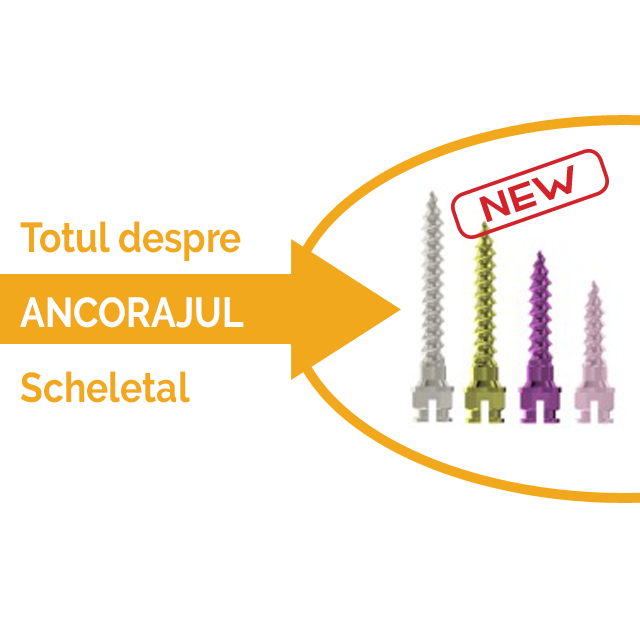Our website uses cookies. By using our website, you consent to our use of cookies in accordance with our Cookies Policy.
-
 13-14.06
13-14.06
LIONS – Module II
-
 4-6.07
4-6.07
Mirabella Orthodontic Program – Module IV
-
 17-19.07
17-19.07
Mirabella Orthodontic Program – Module I
-
 4-6.09
4-6.09
Mirabella Orthodontic Program – Module V
-
 12-14.09
12-14.09
Mirabella Orthodontic Program – Module II
-
 19-20.09
19-20.09
TOTUL DESPRE ANCORAJUL SCHELETAL - IASI
-
 10-11.10
10-11.10
LIONS – Module III
-
 1-2.11
1-2.11
MARPE and clinical troublehooting
-
 7-8.11
7-8.11
LIONS – Module III
×
Login Form
×
Registration
Profile Informations
Login Datas
or login
Whoops, our bad...
- The page you requested was not found, and we have a fine guess why.
-
- If you typed the URL directly, please make sure the spelling is correct.
- If you clicked on a link to get here, the link is outdated.
- What can you do?
- Have no fear, help is near! There are many ways you can get back on track with Magento Store.
-
- Go back to the previous page.
- Use the search bar at the top of the page to search for your products.
- Follow these links to get you back on track!
Store Home | My Account






